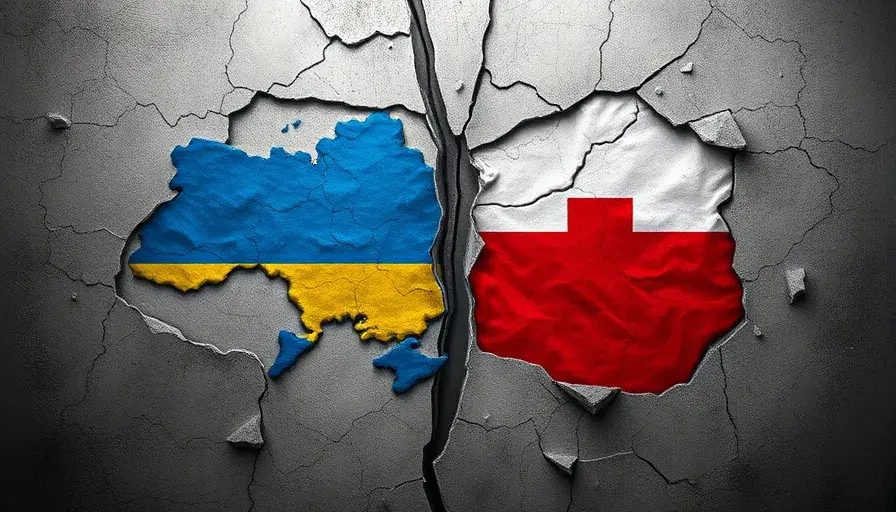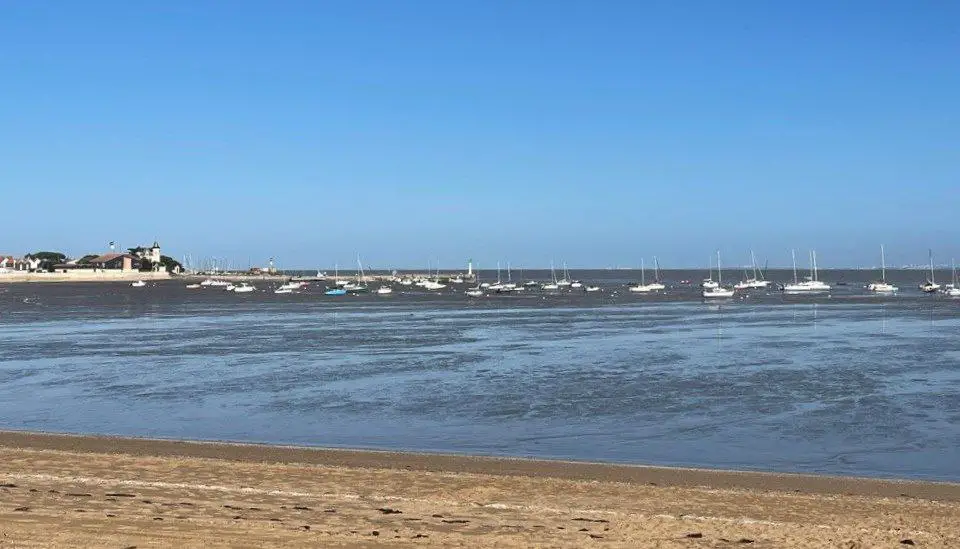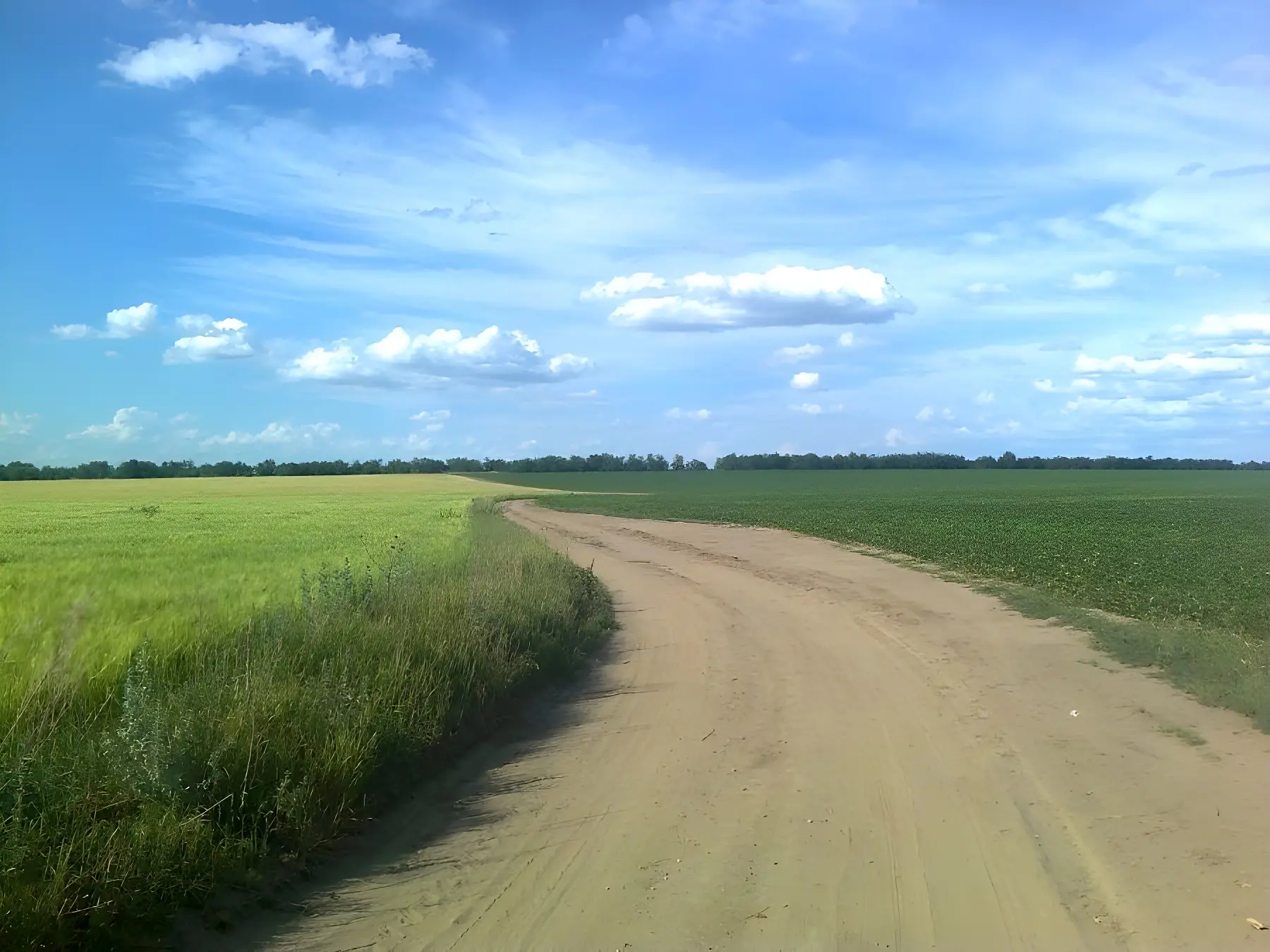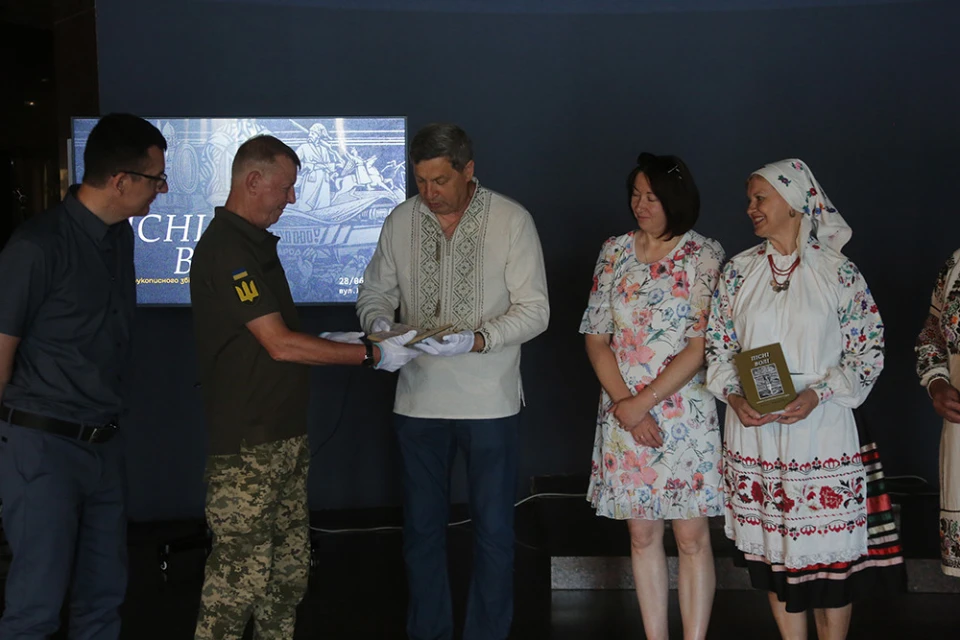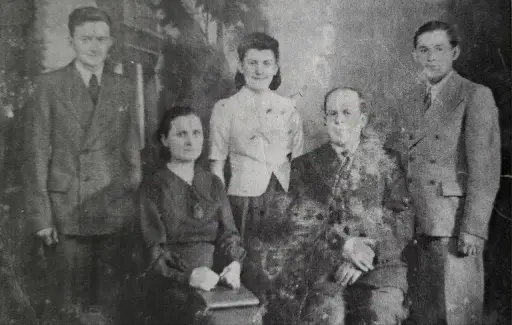Fighters for the freedom of Ukraine
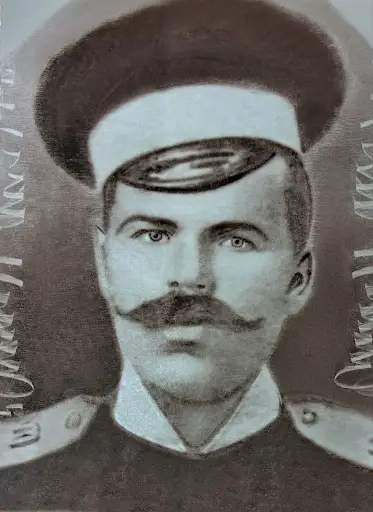
The Babchyntsi-Yampil uprising
A food detachment consisting of 22 soldiers, headed by the secretary of the Tomashpil district Komsomol committee O. Dubchak, arrived in the village from the city of Tomashpil in the face of hunger and cold. Divided into two groups, the armed Komsomol members raked the peasants' meager grain stocks and prepared it for shipment to the station in Mohyliv Podilskyi.
At night, a detachment of insurgents with atamans, I. Vorosheniuk and I. Chornohuz, arrived from Rakhniv to help the Babchyntsi residents. The insurgents slaughtered the Komsomol food supply unit and poured wheat into their bellies. Their bodies were taken away and buried in a mass grave on the territory of the Tomashpillia sugar factory.
Red Army units began to frequently come to the village, looting and harassing Babchyntsi girls. At that time, Justym Platovskyi and Ivan Tsiptsiura beat the district policeman Holovynskyi for harassing his fellow villagers for moonshining.
The villagers of Babchyntsi, who were not used to obeying and did not recognize Soviet rule, secretly prepared an uprising. It was organized by underground headquarters. The main headquarters was located in the town of Yampil, headed by Fedir Lozan, a lieutenant commander in the tsarist army, assistant to the famous ataman S. Ilnytskyy, a holder of the St. George's Cross, and a former convict. General instructions and orders came from Romania, from Ukrainian Petliura officers who continued to fight against the Bolsheviks for the revival of the Ukrainian People's Republic.
The field headquarters of the rebels, which was located in the village of Babchyntsi, was headed by its resident, an officer of the tsarist army, Chushkan.
The main organizer and leader of the uprising with his brothers Hnat and Vasyl was an ensign of the tsarist army, a resident of Babchyntsi, Kozachun Volodymyr Feodosiyovych. At the age of 20, he was sent to the 121st Penza Regiment in Kharkiv. In 1902, he was discharged from the army with the rank of field officer. In October 1904, Volodymyr was again mobilized to the 20th East Siberian Regiment and sent to the Russo-Japanese front. There, he was awarded another military rank for courage and bravery - ensign.
After the war, Volodymyr returned to the village of Babchyntsi. In 1914, he was mobilized to the 241st Infantry Regiment. He took part in the fighting on the Austrian front in Galicia. On April 22, 1915, in the Battle of Gorlice, he was captured and held in the officer's camps of Ramtati and Wetzler. In 1918, in November, by order of the Austrian authorities, he was sent to Kyiv by an ambulance train with seriously ill prisoners. During the Babchyntsi-Yampil Uprising, Kozachun Volodymyr was one of its organizers and leaders. He had a good horse and good weapons, hated the Moscow-Bolshevik system, and called on people to overthrow it. The uprising began in the village of Babchyntsi on February 3, 1921. It was well planned and quickly spread to other villages in the Yampil district. It partially spread to Mohyliv-Podilskyi. The Babchyntsi residents asked the people of Chernivtsi to support them, but they categorically refused. The uprising was held under the slogan "Down with the Communists, the Communist Party, and the Commissars".
Here is what a resident of the village of Babchyntsi, Ivan Shevchuk, recalled about it:
"On the first day, we gathered near the church. When one of the Red Army units launched an attack on the village, we, the rebels, including myself, Ilya Trendovsky, Herasym Kovalenko, Semen Tarzhensky and others, pushed them out of the village. We shot one group of Red Army soldiers who were in the house of Fedir Melnyk, and chopped up some of them. After the massacre, the rebels attacked the village of Moyivka, where near the Barabashivsky pond, in the direction of the village of Borivka, they captured five Red Army soldiers of russian origin, whom I, Shevchuk, Trendovsky, and Perzhynsky shot and headed towards the village of Sokil and the Poterlevych (Vazluivka) farm, where they killed 30 more Red Army soldiers of russian origin".
For five days, the village was in the hands of the rebels. It was an explosion of popular anger against the moscow occupiers. From the village of Babchynetsi, the uprising spread to other villages.
At that time, Danylo Chornyi, Semen Lupol, and Hryhorii Podolian, residents of Babchyntsi, escaped from the Red Army and were forcibly taken away. All three of them sided with the rebels. At that time, the headquarters of the 12th Red Division panicked and reported to the Bolsheviks that there were 12 thousand rebels in the village of Babchyntsi and the Yampil district. Villages rebelled: Hrushka, Sadky, Olenivka, Kosy, Vyla, Bukatynka, Mervyntsi, Busha, Ivankiv, Mykilske, Babchyntsi, Subotivka, Yaruga, Mykhailivka, Bila, Halzhbiivka, Petrashivka, Myronivka, Porohy, Dobrianka, Dzyhivka, Brid, Velyka Kisnytsia, Tsekynivka, Sadkivtsi, Shenderivka.
Under the influence of the successful insurgent actions, the Bolshevik authorities began evacuating their institutions. Thus, at the Vapniarka station, the red regiments 66, 208, 209, 210 from the 24th Division and a regiment from the 12th Division were unloaded from military echelons that were being redeployed. A detachment of the district militia under the command of Chaban I.M., which numbered 130 people, also took part in suppressing the uprising.
The entire communist armada moved on the village of Babchyntsi. Rebel groups from other villages came to help the Babchyntsi. A detachment of rebels with the ataman Ilnytskyi Demian Semenovych also took part in the defense of our village.
The first offensive was repelled, but the Bolsheviks launched a second one with large forces. Artillery shelling of the village began. One of the shells hit the bell tower. The insurgents, who had insufficient weapons, began to bravely defend the village, but the forces were unequal. In addition, it was very difficult to resist the guns. After shelling the village, the Bolsheviks launched an offensive. They threatened to destroy and burn the village and shoot its inhabitants if the rebels did not lay down their arms.
The rebels, fearing for their families, women and small children, were forced to stop resisting. Some of them fled to other villages and hid there, but they could not escape punishment. Starting in 1922, they were all repressed.
On February 10, the uprising in the entire district was brutally suppressed, the leaders were killed, and more than 300 rebels were killed. Among them was a priest from the village of Petrashivka, Oleksiy Kotsiubynskyi, who died on February 8. The village of Olenivka, Mohyliv-Podilskyi district, was completely burned by the red punishers of the 66th regiment of the 24th division. After the uprising, massacres began. The punitive authorities arrested more than 500 people.
On February 16, 1921, in the village of Babchyntsi, a visiting session of the Revolutionary Military Tribunal under the 12th Division convicted and shot the Babchyntsi rebels in the city of Tomashpil in the name of the Russian Soviet Federative Socialist Republic: Fedir Pavlovych Dendobryi, 33, Ivan Stepanovych Lysyi, 24, Kyrylo Leontiiovych Vasilevskyi, 23, and Fedir Kyrylovych Lisnyi, 29. These were the young, brave, courageous rebels from Babchyntsi who passed away. Before being shot, they were subjected to terrible torture. They undauntedly sang the song "Ukraine has not yet died", bravely looking death in the eye. Ivan Lysyi's dead body was bought from the Bolsheviks by his brother Tymofii, brought to the village of Babchyntsi, and buried in the local cemetery. Frosyna Lisnaea tried to take away the dead body of her husband Fedir Lisnyi, but, having no money, she could not buy it from the Bolsheviks. Another 26 rebels from Babchyntsi were sentenced to various terms of imprisonment and hard labor.
After the defeat of the rebels, the Bolshevik moscow occupation regime imposed a large contribution on the village of Babchyntsi — to pay about 10 thousand poods of bread, give 15 heads of cattle and dozens of pigs and sheep.
All the collected products were transferred to the commune. In addition, a huge amount of uniforms taken by the 104th Bolshevik Regiment were seized from the Babchyntsi residents. These included 500 pieces of underwear, 250 yards of linen, 14 yards of peasant cloth, 15 pairs of boots, and 30 coats.
The head of the Yampil insurgent headquarters, Lozan Fedir Ivanovych, was hiding for a long time, leading an underground struggle against the moscow occupation regime, and on November 25, 1925, he was captured by the punitive authorities. An extraordinary session of the Mohyliv-Podilskyi District Court sentenced him to death. Before that, during a raid in the city of Yampil, on February 3, 1923, the Bolsheviks killed his sister Maria Lozan.
To be continued in the next part...

